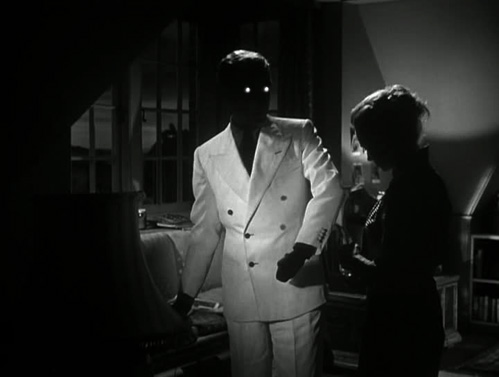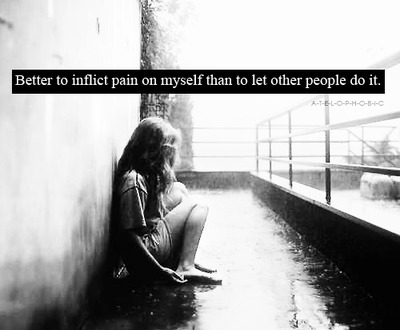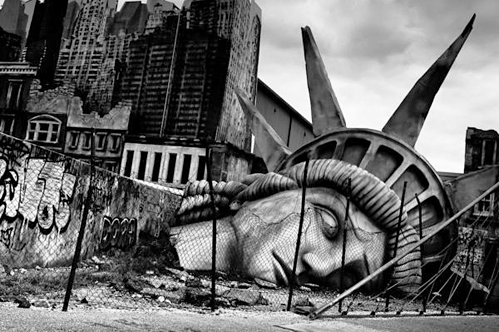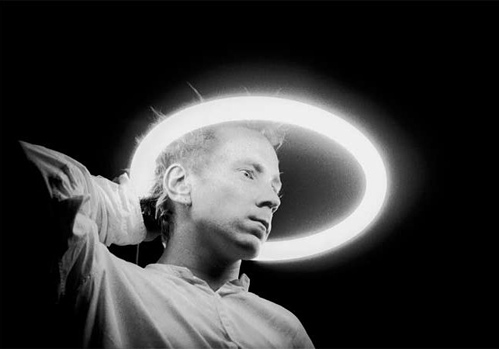Notes on a talk by Michael Stone at Centre of Gravity, Toronto, June 19, 2012.
Breath
The stability that comes when you sit in the middle of your life. To touch that stability, to let it hold you, again and again. That place where you can touch your mind before your mind. Where you can touch your breathing before you notice your breathing. We’re not looking at our breathing, we’re not observing our breath, we’re becoming the breath. We are breathing. The Buddha used different languages to speak about the breath, but mostly he talked about touching, he used the word touching to describe the experience. You touch your breath. You let your breath touch you. There is no separate person analyzing the experience, there is no one saying, “I am breathing.”
For people who are doing palliative care the question is: how to be in the dying place? Which turns out to be the key to be in the living place.
Or as Suzuki put it in Zen Mind, Beginner’s Mind: the most important thing is if, at the end of you life, you can still bow. In other words, can you notice where you don’t want to go, and acknowledge it, and bow to it, and make that place holy? Say a prayer for the ignored, for the quality I can’t stand most of all. On this stone, on this foundation, why not build a church, then let the city occupy it, let the wind blow through it.
Advanced Directives are forms that are filled out so that if you become incapacitated, and others need to make medical decisions on your behalf, they’ll know what you would like. But they require a high degree of medical understanding. Many write things like “No heroic measures.” But does this mean no intubation? What about a ventilator? In place of an advanced directive form, we’re going to look at another kind of form called Value History, it leaves less room for interpretation and is designed to let family and friends know how you feel.
Value History
1. Take a moment and think about some of the things you’ve accomplished in your life and what you still want to accomplish.
2. What is it that makes you, you?
3. Consider how you would like to die. Do you see yourself in a hospital, at home, or someplace else?
4. Is your death sudden or lingering?
5. Why is important to you that it is sudden or lingering?
6. Who do you want present with you in your dying?
7. Who do you not want present with you in your dying?
8. Are there things you want to make clear to other people? Give examples. (Eg. Do you want flowers in the room? An altar? Do you want someone to touch you? Do you want not to be touched?)
9. Do you have a bottom line in terms of what you would physically or mentally need in order for your life to still having meaning? (eg. Would your life still have meaning if you couldn’t communicate?)
10. What’s your greatest fear about dying?
Recently a pair of docs were doing a workshop with a roomful of nurses and posing these value history questions. They asked the room: how many of you have had patients ask you these questions? Everyone raised their hand. And how many of you have spoken to people in your own life about these questions. Almost no one.
What stops you? How come you haven’t told anyone?
When my uncle died breathed his whole body into it, he leaned back into it – it was like giving birth, or giving in to something that isn’t even you any more. It was so generous. Maybe the person you want around at your death was the one who showed you how to die, who isn’t around any more.
Sunryu June 2, 1867
Empty handed I entered the world
Barefoot I leave it,
My coming, my going
Two simple happenings that got entangled
Sunryu died June 2, 1827
Water
Here’s a Chinese story. A student asks his teacher: when I die isn’t it just like an ice cube melting back into water? The teacher answers: No. It’s just water becoming water.
Death is just water becoming water. This practice tonight of sitting and answering these questions is about how you go home tonight, it’s how you live, how you relate to others. The practice is about bowing, generosity, forgiveness., not just at the end of your life but now. Mindfulness practice is a practice of resistance, resisting the places we want to shut down.
Nirvana
Before the Buddha’s time nirvana was a culinary term. It’s when the chef took the pot off the flame. When you come back to your breath you’re taking yourself off the flame of grasping, anger, craving, desire. You can’t always put the flame out, and sometimes you get fried. But together we’re trying to do the work of cooling.



